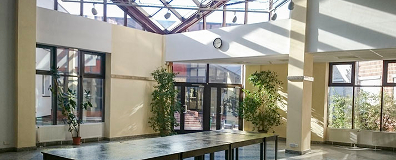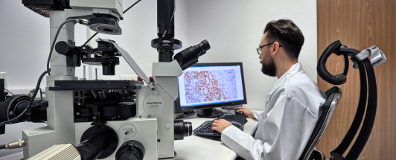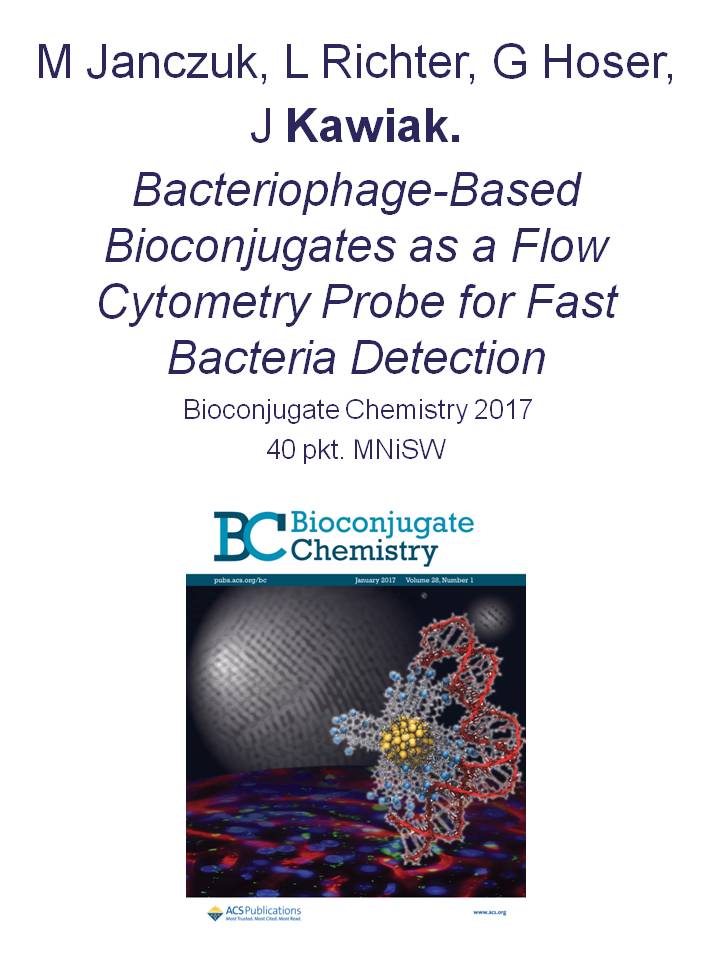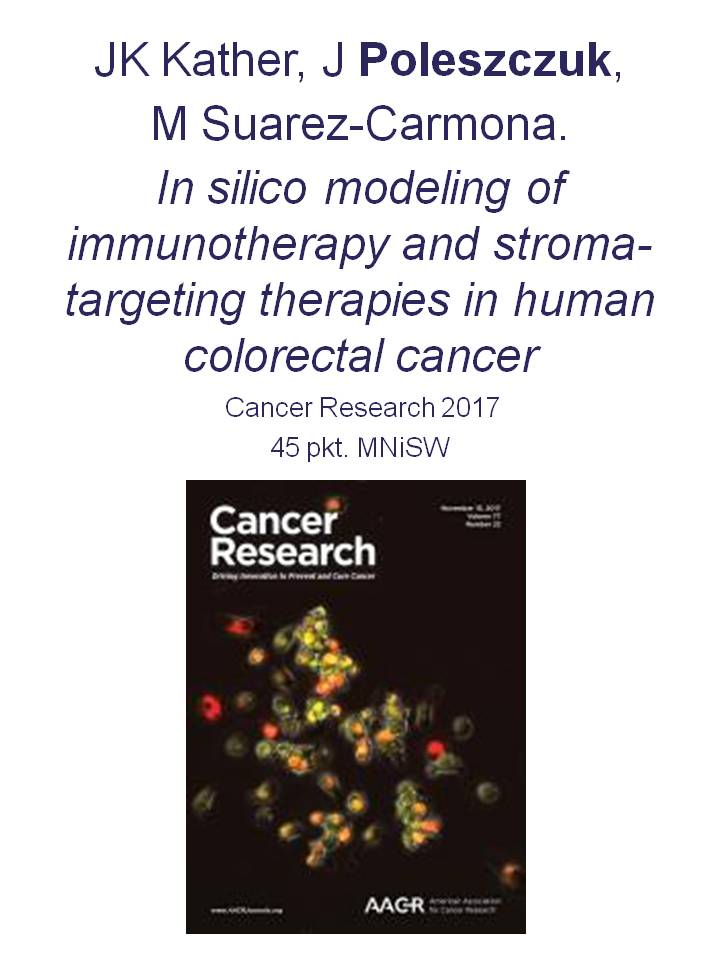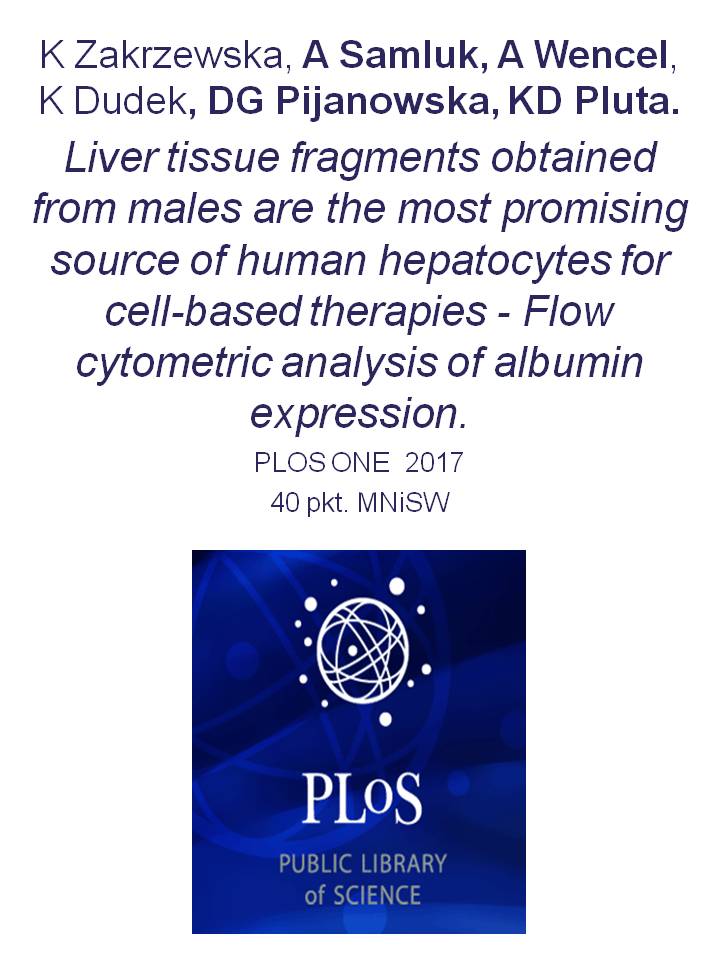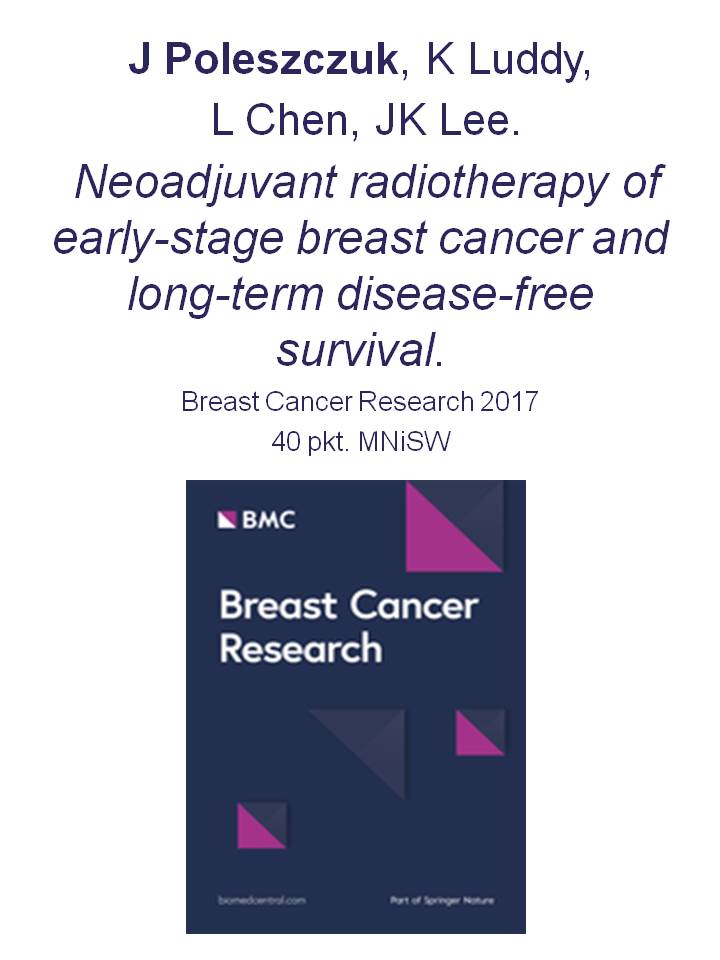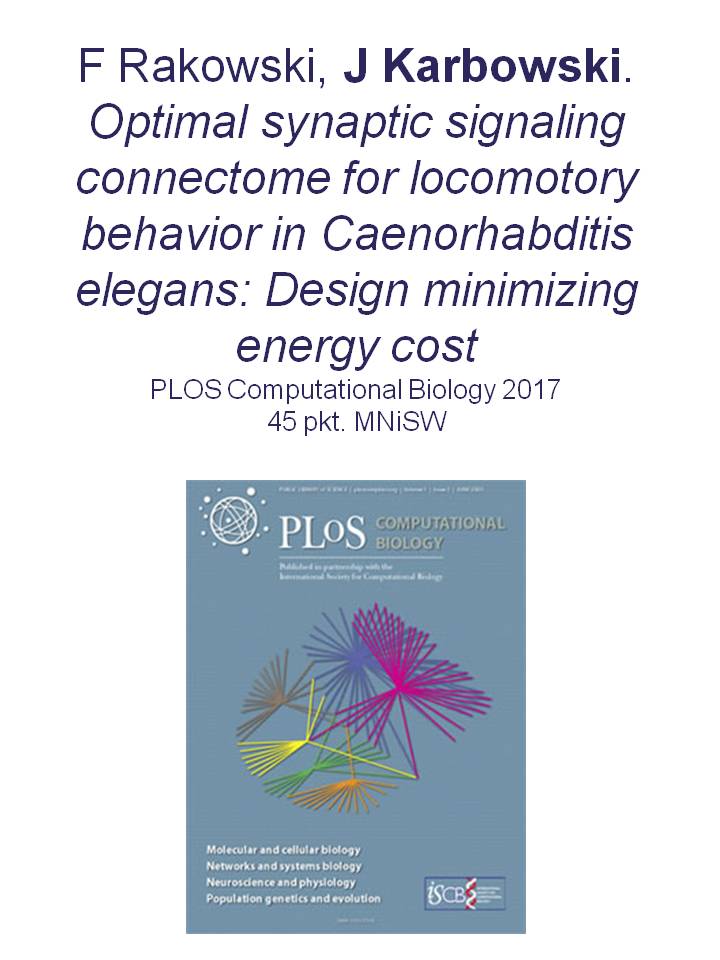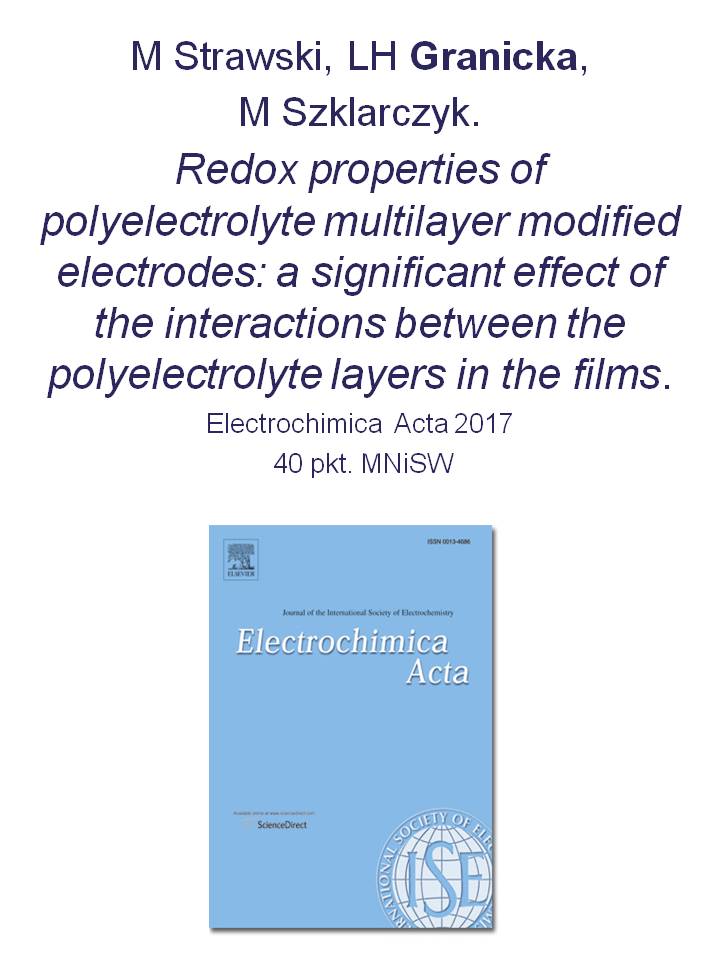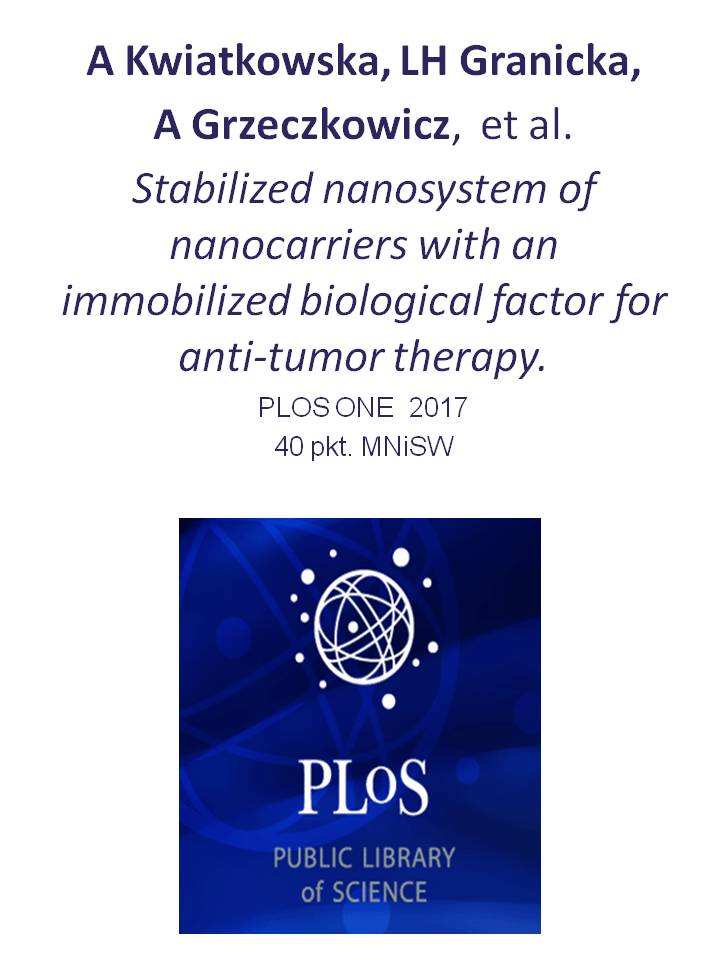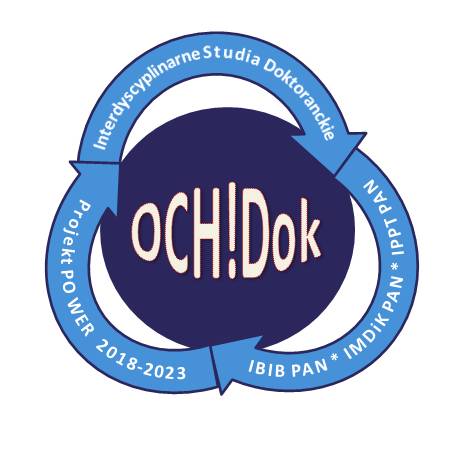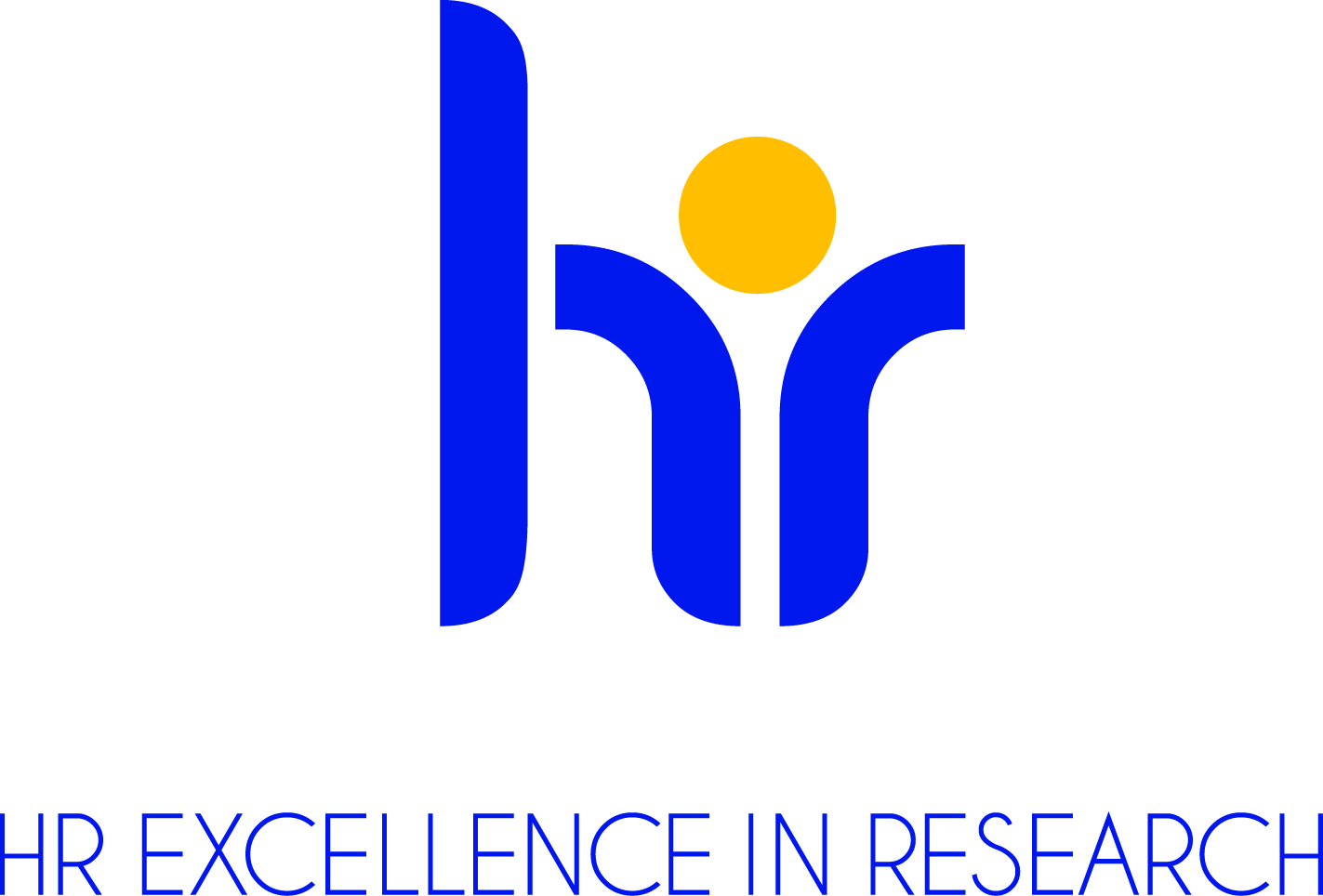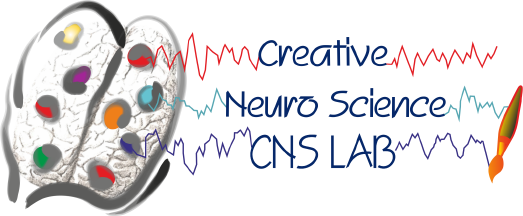UMO-2011/03/D/ST7/02522
Head of the project: Michał Kacprzak, PhD
Description of the research project
The aim of planned study is to develop a method which allows for the measurement and diagnostic of the hemodynamic of cerebral circulation noninvasively at bedside, using the timie resolved near-infrared spectroscopy. The novelty of the proposed concept is to investigate autoregulation of blood microcirculation in the cerebral cortex using frequency analysis methods and correlation correlation combine with modern time-resolved optoelectronic measurements. Time resolved near-infrared spectroscopy allows for separation of the information about blood flow changes in intracerebral tissue from surrounding extracerebral compartments (like a skin, bones of the skull) [jens, Lebert, Kacprzak, Kacprzak]. Application of frequency analysis and correlation methods to the measured signals will allow for the evaluation of cerebral blood flow autoregulation in the control group and in the patients with cerebral blood flow disorders caused bz traumatic brain injuries.
Autoregulation of blood flow in the brain is the ability to keep a constant cerebral flow at a some range of arterial pressure changes (fig.1.) (Paulson 1990, Cieślicki 2001). While the mean arterial pressure can change in a relatively wide range from about 60 to 150 mmHg in the correctly operating cerebral blood circulation system, occur only small changes in cerebral blood flow or even none (Ganong 1995, Baltiysk 1994).
Fig. 1. The relationship between cerebral flow and mean arterial pressure. Autoregulation mechanism in normal conditions (solid line) and in its absence (dashed line). Blood flow autoregulation mechanism at middle cerebral arterial pressure ranging from P1 (~ 60mmHg) to the value of P2 (~ 150mmHg) changes the range from Q1AR to Q2AR. During the absence of autoregulation process the same pressure changes cause a change in larger range from Q10 to Q20.
Physiological process which cause periodic changes in blood pressure are heartbeat, and respiration. Pulse wave with a frequency approximately 1.5 Hz and a respiration wave with a frequency of about 0.2 Hz are well known frequency components of biomedical signals measured using various techniques (pulseoximetry, ECG, impedance and ultrasonographic methods). However, only some of these techniques allow for the assessment of these components in the cerebral circulation.
Authors postulate conclusion that the time resolved near-infrared spectroscopy is a method which allows to investigate the autoregulation process of cerebral blood flow noninvasively at bedside in the intensive care unit. Possibilities of assessment and diagnosis of cerebral oxygenation and perfusion using that technique were already confirmed also by the authors of this proposal (Kacprzak 2007, Liebert 2011).
Proposed optoelectronic, modern method consists in measuring the times of flight of individual photons through tissue under investigation, allows to obtain information on haemodynamic of the head in depth function of depth (Kacprzak, Liebert). Application of this method in studies on cerebral circulation autoregulation process is unique and there was no publication of such investigations yet. It will allow for the publication of results in peer reviewed scientific journals (Journal of Biomedical Optics, NeuroImage, Physics In Medicine and Biology).
Methods
Fast development of new brain imaging modalities can be observed in the last two decades. Methods like computed tomography (Mofidi, Powell et al. 2008), diffusion-weighted MRI (Tedesco, Lee et al. 2007; Uno, Suzue et al. 2007), quantitative brain perfusion by single-photon emission computed tomography (Aso, Ogasawara et al. 2009), and transcranial Doppler ultrasound technique (Skjelland, Krohg-Sorensen et al. 2009) applied pre- and/or postoperatively may be useful in prevention and detection of postsurgical complications in the brain. However, most of the imaging methods, available for clinical use, require transportation of the patient to the imaging facility and they cannot be used in operative theater.
During autoregulation of the blodd flow in the brain vesels, blood velocity changes can be monitored in the middle cerebral artery using transcranial Doppler ultrasound technique (TCD) (Mommertz, Das et al. 2009).. However, considerable skills and experience are necessary to carry out the measurement and to interpret the obtained intracranial sonograms. Moreover, the measurement cannot be carried out in about 10% of patients because of impossible insonation of intracranial vessels which is related to thickness and density of the temporal bone.
The technique considered by the authors for monitoring of brain blood flow autoreguation process is near-infrared spectroscopy. Near infrared spectroscopy (NIRS) (Jobsis 1977; Villringer and Chance 1997) is an optical technique with a good potential of application at the bedside for assessment of brain oxygenation (Litscher and Schwarz 1997; Obrig and Villringer 2003). The method is based on evaluation of changes in oxy- and deoxyhemoglobin which reveal different spectral properties in the near infrared range of wavelengths (Wray, Cope et al. 1988). Small size of instrumentation and its compatibility with biomedical monitoring devices allow the technique to be used also intraoperatively.
Classical NIRS measurement is carried out by fixing source and detecting fibers or fiber bundles on the surface of the head and by analysis of changes of attenuation of detected light. Source-detector separation is typically in the range of 2-4 cm. These changes of light attenuation measured at several wavelengths can be used for calculation of changes in oxy- and deoxyhemoglobin. Distinct drawback of this technique, called continuous wave NIRS (cwNIRS), is connected with the fact that the measured brain oxygenation signals are contaminated by the changes of oxygenation of the extracerebral tissue. Measurement at several source-detector separations can be employed for better differentiation of the signal originating from the brain (al-Rawi, Smielewski et al. 1998; Hueber, Franceschini et al. 2001; Liebert, Wabnitz et al. 2005). Also two other modern optoelectronic techniques can be employed for this purpose. First one is frequency-domain method in which the light emitted to the tissue is modulated at high frequency. Phase shift between emitted light wave and optical signal detected after its penetration in the tissue is related to the path length of photons between source and detector (Pogue and Patterson 1994; Kienle and Patterson 1997; Tu, Chen et al. 2002). Second one is most sophisticated optical technique which is based on emission of short (typically picosecond) laser pulses into the tissue and analysis of broadening of these pulses during penetration in the tissue (Cubeddu, Pifferi et al. 1996; Taroni, Pifferi et al. 2002). This technique is expensive, technically advanced but potentially allows to differentiate information originating from the brain and extracerebral tissue layers (Steinbrink, Wabnitz et al. 2001; Liebert, Wabnitz et al. 2005). In the present project we would like to show how the advantages of the time-resolved optical measurement can be utilized in evaluation of brain autoregulation process during long term monitoring of the patients as well as during changes of the position of upper part of the body.
The phase of the NIRS technique development is not finished yet and new very sophisticated optical techniques, i.e., frequency-domain and time-resolved methods, are introduced to brain oxygenation measurements. However, up to now, these techniques were not applied in monitoring of brain blood flow autoregulation mechanism. For the first time, we applied the time-resolved NIRS (trNIRS) technique in monitoring of the brain for this purpose. The instrument will be equipped with multiple source-detector pairs distributed on the head surface. This technique allowed us to measure a changes of the tissue oxygenation and perfusion with depth discrimination on the investigated tissue.
Experiments during assessment of the brain blood flow autoregulation will be carry out using time resolved optical system equipped in 4 detection channels (fig. 2).

Fig. 2. The measurement system is based on emission of picosecond laser pulses into the brain tissue and on analysis of temporal broadening of the reemitted light pulses using time correlated single photon counting (TCSPC) electronics. The light pulses from two laser diodes controlled by Sepia PDL 808 controller (PicoQuant, Germany) will be delivered to the surface of the patient’s head. For detecting the reemitted light from the tissue 4 fibers bundles of 4-mm diameter will be used (Loptek, Germany). The source fiber and the detecting fiber bundles will placed on the head surface forming an optode with 4 interoptode distances. The source detector distances will be fixed at 1, 2, 3 and 4 cm using a holder prepared of thermoplastic material and soft rubber foam which allowed for good fitting of the holder to the head. Eight photomultiplier tubes PMT (R7400U-02, Hamamatsu Photonics, Japan) will be used for detection of the diffusely reflected light in 4 locations of the source-detector pairs. Four independent TCSPC PCI boards (SPC-134, Becker&Hickl, Germany) will be applied for acquisition of distributions of times of flight of photons (DTOFs). The time between the synchronization pulse and the PMT pulse is equal to time of flight of photon trough the tissue under investigation. During emission of millions of pulses into the tissue with repetition rate of 80 MHz the TCSPC electronics will build in the memory the distribution of times of flight of photons which is further analyzed for reconstruction of absorption coefficient of the tissue under investigation in function of depth. Sampling frequency of absorption coefficient calculation could be even 20 Hz, which allow to use this method for the observation of very fast hemodynamics reaction of the brain blood flow changes.
Expected results
The main goal of utilization of the time resolved imaging system during brain autoregulation evaluation will be to assess the sum of changes of oxyhemoglobin (HbO2) and deoxyhemoglobin (Hb) concentrations with depth discrimination which is proportional to brain microperfusion. For this purpose, we plan to apply a procedure based on the analysis of the statistical moments of the distributions of time of flight of photons and their sensitivity factors described in Refs. (Liebert, Wabnitz et al. 2005; Kacprzak, Liebert et al. 2007). We considered three statistical moments of the DTOFs: Ntot - the total number of photons (zero order not normalized moment - integral), - the mean time of flight of photons (first moment), and the variance V of the DTOF (second centralized moment). The human head under investigation is an inhomogeneous medium and represents a layered structure. In such a multi layered model of the head, we can distinguish two main compartments: extracerebral tissues (i.e. scalp, skull) and intracerebral part, in particular the brain cortex. Evaluation of changes of absorption coefficient in each compartment, at two wavelengths from the near infrared region, leads us to assessment of HbO2 and Hb in the brain cortex and in the extracerebral tissues separately.

